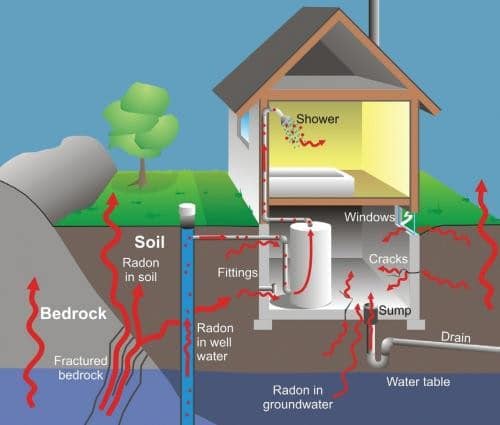The basement of the family home may be the place your children play, you work, or your guests sleep – it’s also the place where a dangerous gas called radon could be circulating. Radon can have serious health implications over a long time of exposure.
Radon is a colourless, odourless, tasteless radioactive gas that is released into the air when uranium in rock breaks down. That gas can enter into homes from cracks in the foundation or sump pumps in the basement.
According to the Canadian Lung Cancer Society, exposure to radon gas increases the risk of developing lung cancer. An estimated 16 per cent of lung cancer deaths are connected to exposure to radon gas at home.
The first step to find out if your home is within a safe range is to test for radon levels with an easy and inexpensive test kit you can do yourself. The kit is available at most major home-improvement retailers. It includes a hockey puck-sized device that sits in your basement for at least three months collecting air samples. After three months pack it up and mail it away for testing. If radon levels are too high, a radon safety specialist can remediate your home for better ventilation to reduce radon.
For more information visit takeaction.cancer.ca or Health Canada – Radon FAQ

